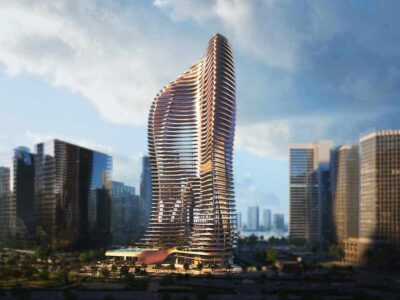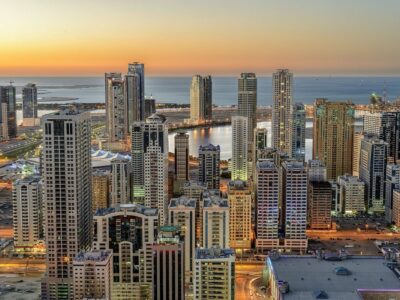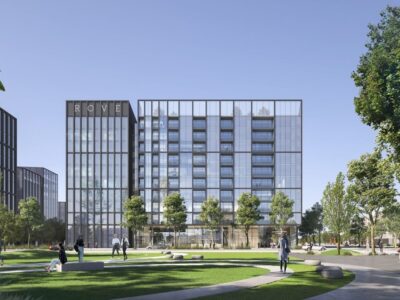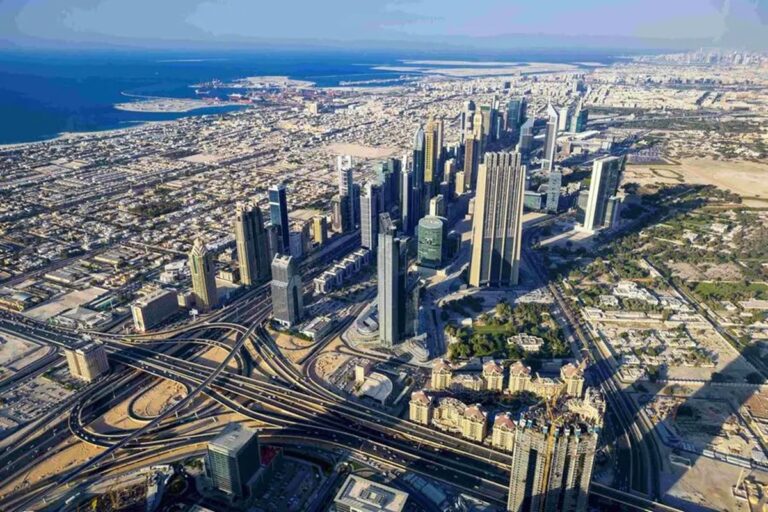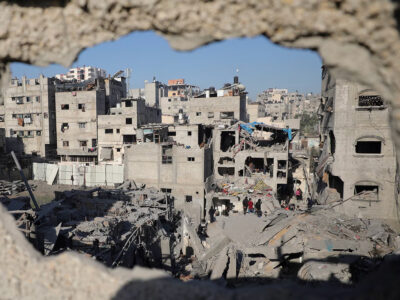The Dubai real estate market continues to outperform global peers, fuelled by rapid population growth, surging foreign investment, and the continued boom in off-plan sales, according to Amaal research.
According to the Dubai Land Department (DLD), the emirate attracted approximately 94,700 investors in the first half of 2025, a 26 per cent increase from the same period last year.
Of these, 59,000 were new investors (up 22 per cent year on year), with UAE residents accounting for 45 per cent, underscoring strong domestic confidence.
Dubai real estate trends
The residential sector recorded transactions worth AED262.1bn ($71.4bn) in H1 2025 — a 36.4 per cent year-on-year increase — as Dubai cements its position as one of the world’s fastest-growing property markets.
Behind the record-breaking numbers are clear shifts in buyer priorities and developer strategies.
Amaal identified six key trends defining the emirate’s property landscape in 2025.
Off-plan sales dominate the market
Off-plan transactions have surged to account for over 70 per cent of all property sales in H1 2025.
Buyers are drawn to flexible payment plans and long-term growth prospects, particularly in emerging districts such as Mohammed Bin Rashid City, Dubai South, and Dubai Hills Estate.
The shift from resale-led activity to off-plan demand marks growing investor trust in Dubai’s infrastructure pipeline and future development trajectory.
Suburban living gains momentum
Rising rents in central zones like Downtown Dubai, Business Bay, and Dubai Marina are pushing residents to suburban communities.
Areas such as Jumeirah Village Circle, Dubai Silicon Oasis, and Dubai South are attracting families seeking affordability, villas, schools, and improved transport links.
With Dubai’s population now exceeding 3 million, the city’s outskirts are transforming from commuter districts into fully fledged lifestyle hubs.
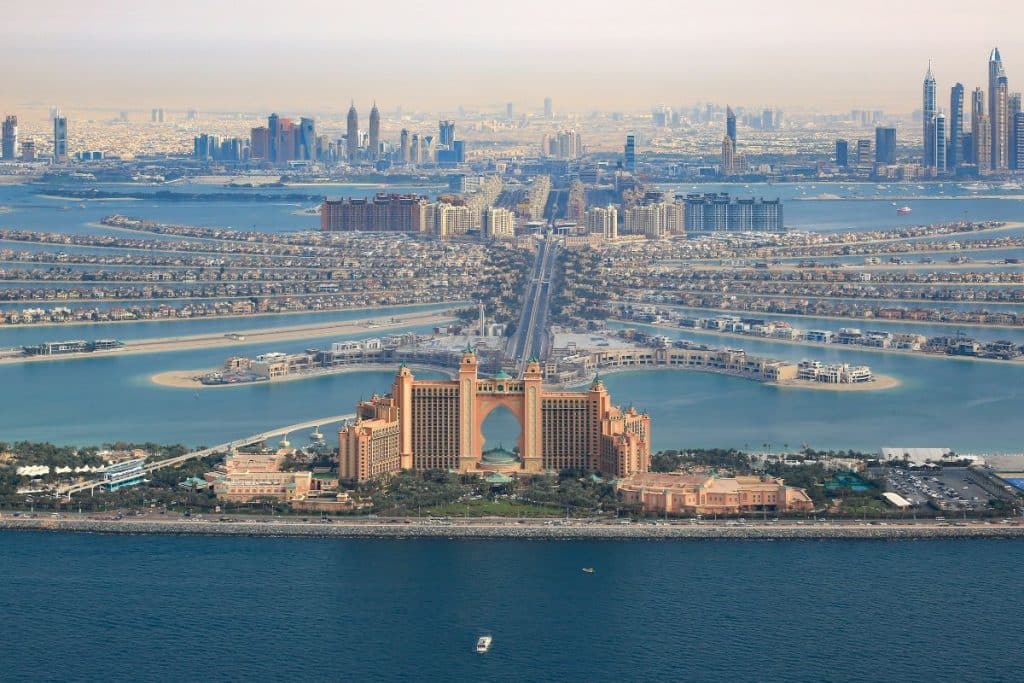
Wellness and lifestyle amenities go mainstream
Developers are expanding beyond traditional gyms and pools. Demand has surged for wellness-focused spaces, including meditation areas, co-working lounges, hydrotherapy pools, green walking tracks, and pet-friendly zones.
With hybrid work models now entrenched, these amenities are no longer optional extras — they are core to both buyer and tenant decision-making, especially in mid- to premium-tier housing.
Sustainability becomes a deal-maker
Environmental credentials are now a central factor in property decisions. Green building certifications, solar integration, and energy-efficient materials — once limited to luxury projects — are moving into the mid-market segment.
Research by Amaal shows that ESG-conscious investors, particularly international buyers, are prioritising developments with LEED certification, smart cooling, and utility optimisation, resulting in faster occupancy and lower turnover.
Mixed-use living reshapes urban design
Developers are increasingly building “vertical villages” — mixed-use towers that combine residences with coworking areas, supermarkets, cafes, and wellness centres.
These projects cater to residents’ desire for convenience and community, enabling them to live, work, and socialise within one neighbourhood.
The trend is reshaping Dubai’s skyline and reinforcing the city’s reputation for integrated urban living.
Technology drives property search and investment
From AI-enabled real estate platforms to tokenised property investment, technology is revolutionising how people buy and manage homes.
Smart platforms now offer predictive pricing tools, AR/VR home tours, and blockchain-based transactions, allowing global investors — especially from Europe and Asia — to purchase remotely and securely.
PropTech innovation is driving greater transparency and liquidity, helping Dubai attract new international capital into its property ecosystem.
